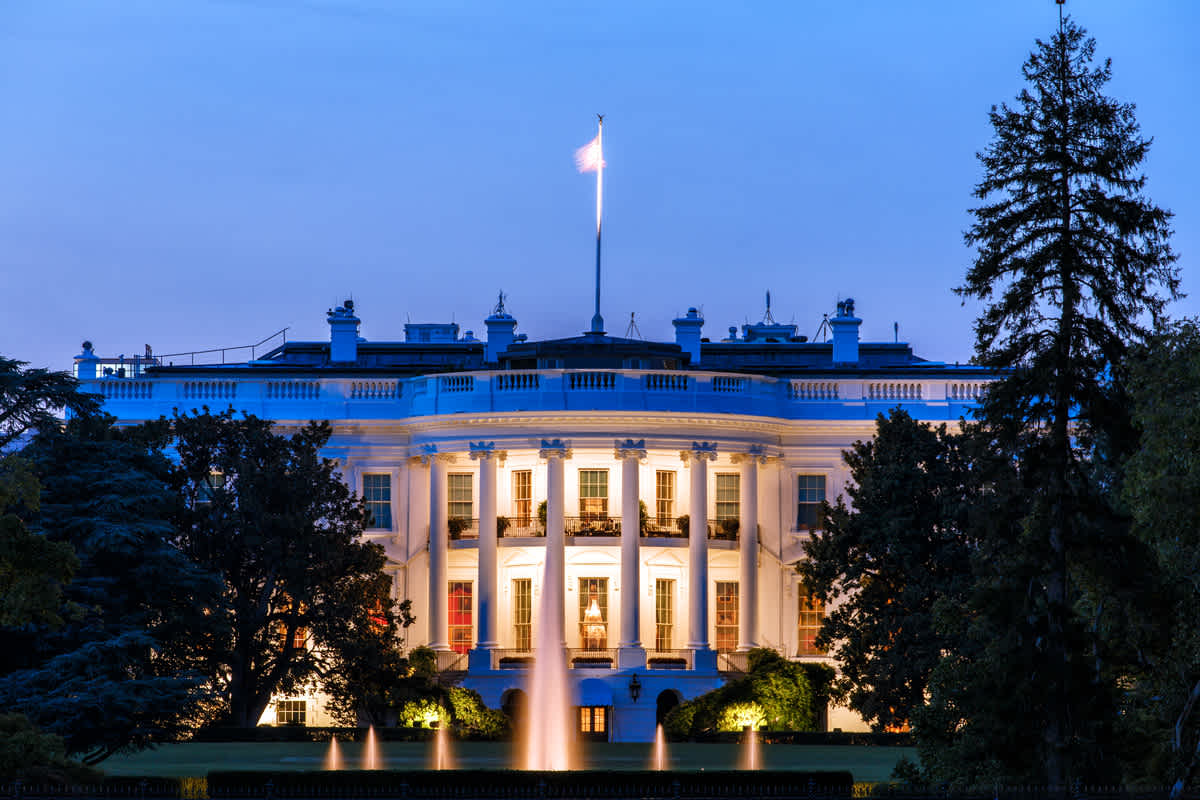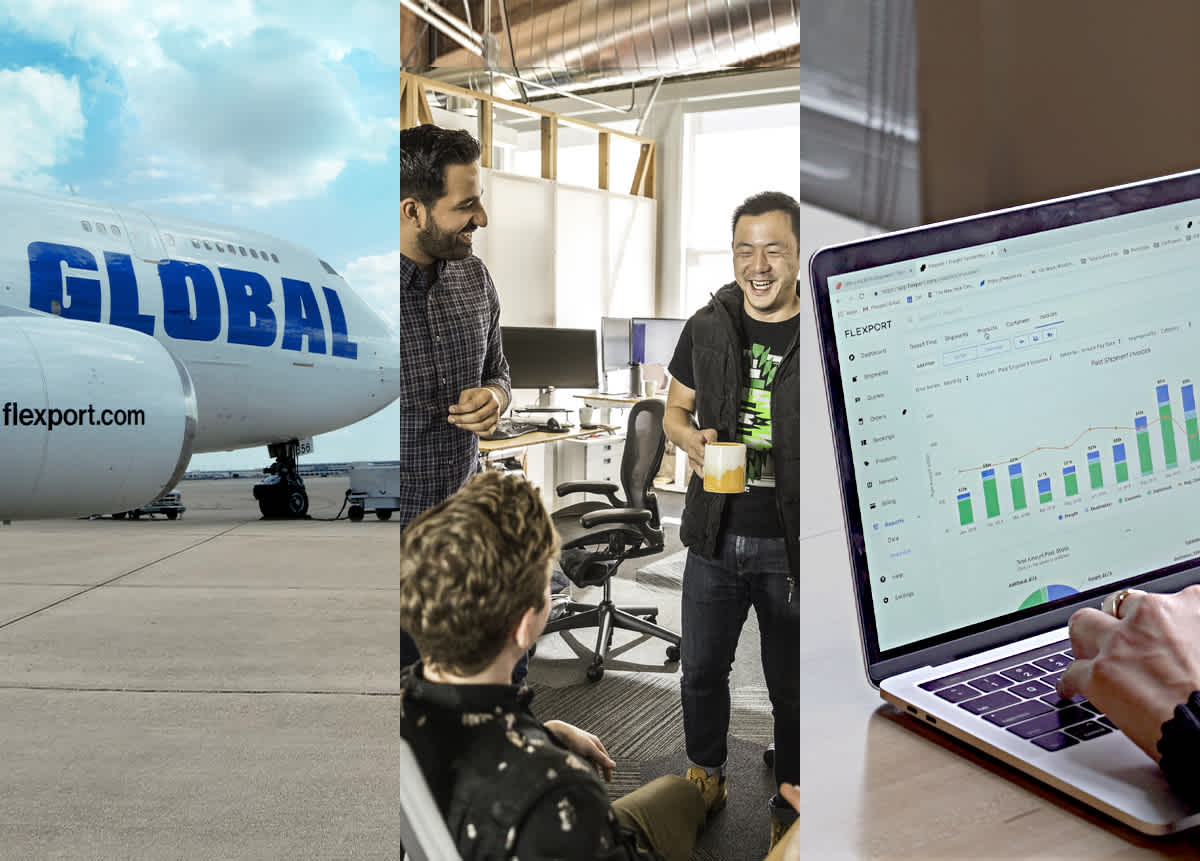
December 14, 2021
Same, Better, or Worse: What’s the Logistics Outlook for 2022?
Same, Better, or Worse: What’s the Logistics Outlook for 2022?
In a recent webinar, Flexport Founder + CEO Ryan Petersen and Flexport Chief Economist Phil Levy talk about three potential directions for supply chain and logistics in 2022.
By drawing upon data from Flexport and other sources, we can deduce how supply chains might evolve, plus advise what companies can do to mitigate challenges that may arise.
For more, watch The State of Trade: The Year Ahead in Supply Chains or read on.
Closing Out 2021
There’s no doubt the world paid attention to supply chains this year.
In the aftermath of Covid-related shocks, consumer demand skyrocketed, accelerating logistics congestion and shortages. With inventory running thin, consumers can’t help but notice interruptions to the usual instant gratification.
The demand isn’t going away just yet. The Flexport Post-Covid Indicator, based on public and Flexport logistics data, continues to show consumers’ heightened preference for goods over services. Even as the world opens up after initial Covid closures, consumers are choosing goods.

Logistics pressures follow this preference for goods, making the Indicator a crucial tool in assessing supply chain contours for 2022.
Scenario: More of the Same Ahead
With demand for goods still towering over pre-Covid levels, the outlook for 2022 may be more of the same: congestion, delays, capacity and equipment shortages, and high costs.
Ryan points out the likelihood of this scenario based on how long it could take to resolve supply-side shortages. Needle-movers like fulfilling new ship orders, building out ports, or developing self-driving trucks take years.
He balances his point with a caveat: For the situation to remain stable, even in its congested state, there may need to be a pullback in demand, anyway.
“In a complex system, a longer and longer delay . . . even as the input stays the same, it’s a very worrisome sign . . . Although imports are up quite a bit over 2019 levels, they’re not actually up over the last six months, and, yet, we see that the delays keep getting longer.”
Scenario: A Deepening Crisis
Without a pullback in goods demand, the lengthening delays could result in a worsening reality.
Another Flexport index, the Ocean Timeliness Indicator, shows extended transit times. As of the week of December 12, the Transpacific Eastbound trade lane has increased to a record 106 days, while the Far East Westbound lane has increased to a record 112 days.

Other disruptions could complicate the picture, too:
- Additional Covid-related closures, as new variants emerge, could limit manufacturing productivity and port activity.
- Labor relations could impact container movement at ports, as collective bargaining occurs ahead of a Q3 contract renewal on the West Coast.
- Unforeseen events, like the crash of the Ever Given in the Suez Canal, could create cascading logistics impacts around the world.
As supply chains become more complex, the effects of disruptions may become harder to unravel.
Read More: The Ever Given Digger Has Its Own Children’s Book
Scenario: A Supply Chain Reprieve
In the third scenario, supply chains could become easier to manage. Logistics demand wouldn’t be as high-key, but Levy warns this comes at a price, too.
“The reprieve for the system may not feel that great for the economy. In general, a boom feels really good—maybe not when prices start coming up with inflation, but . . . you’re ordering goods. This feels nice. Pulling back doesn’t feel as nice.”
This type of change could be triggered by an improving health situation worldwide, a shift towards consumer preference for services over goods, or companies simply making do with lean inventories.
What Are Your Safeguards?
While logistics congestion continues to plague supply chains, Ryan shares a quick list of tips:
Maximize container space. While you may never use exactly 100% of the available space inside a container, get as close as you can.
Ryan advises considering a change to packaging to further optimize container use.
Ship LCL. Flexport has improved upon the usual LCL experience.
Typically, LCL shipments are hard to plan. That’s because you may have to wait until the container is full for it to ship. Not so with Flexport.
The focus is on sticking to a schedule—even if we ship an empty container, which Ryan admits we have.
Stick to cargo ready dates. Canceled bookings create havoc for you and the industry as a whole.
For sailings to remain viable, carriers need to load an amount of containers that is actually higher than they’d load if they didn’t overbook, once they account for cancellations.
This practice isn’t likely to unwind in a matter of weeks, but into 2022, you can help protect and propel your own supply chain by following through on bookings.
Ryan suggests coordinating with suppliers closely to ensure cargo ready dates are consistently met.
Additionally, carrier contracts may soon include greater enforceability mechanisms and rewards for reliable partnership, but while the industry progresses, companies must deal with whatever reality brings.
For the full webinar, watch The State of Trade: The Year Ahead in Supply Chains.



